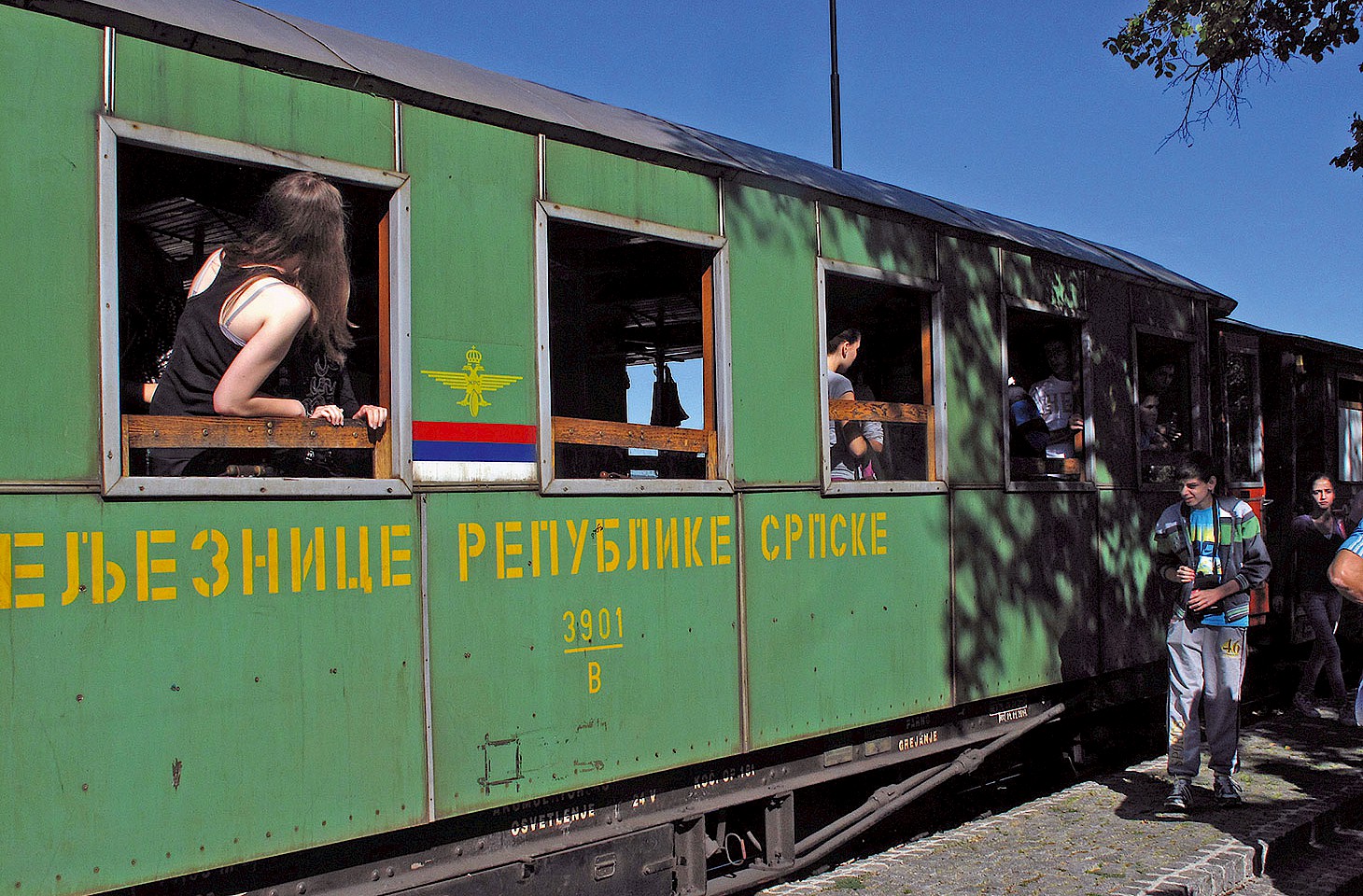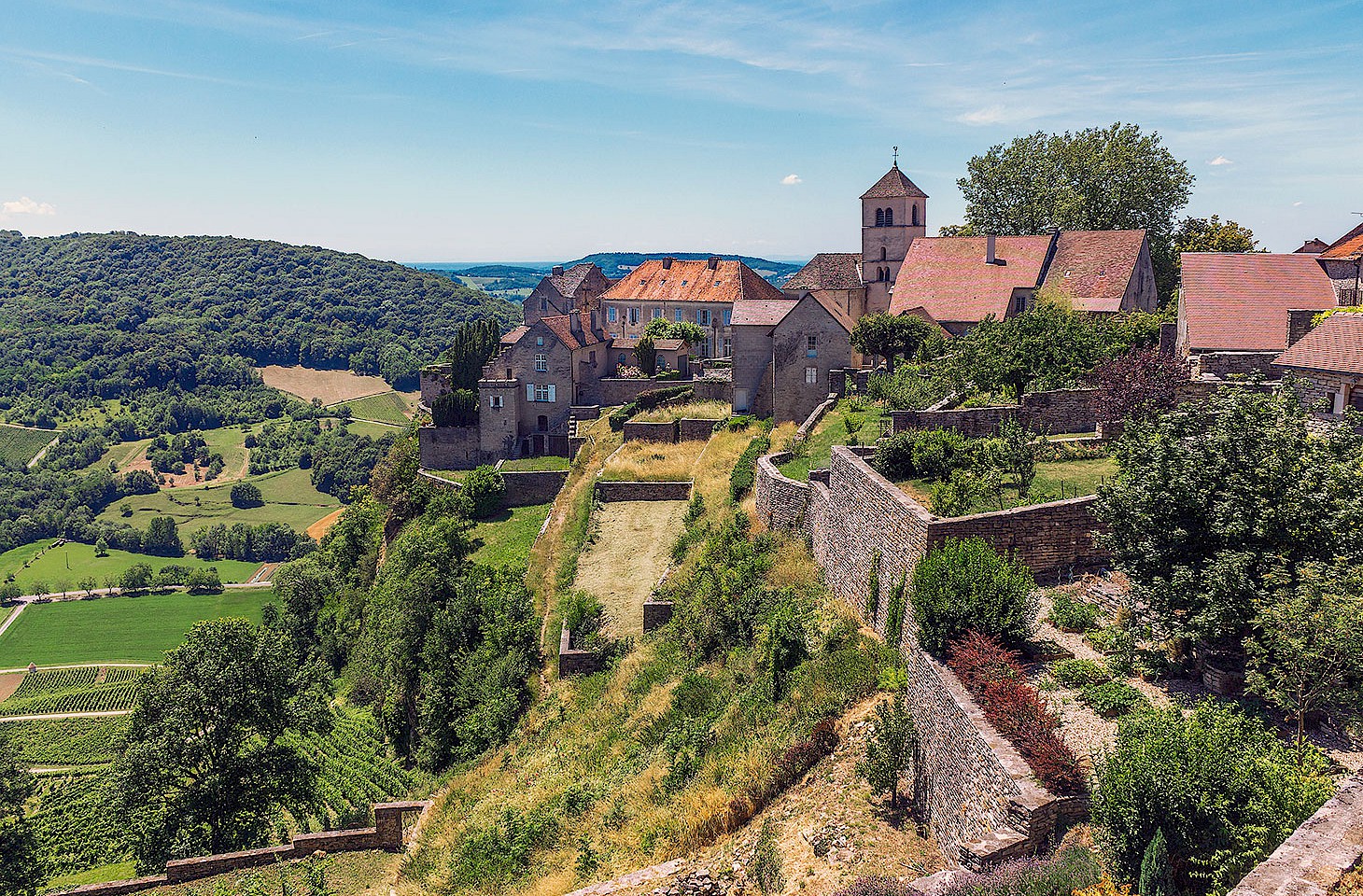Dear fellow travellers
Everyone stops at Titovka sooner or later. That's the way things are up here in the far north-west corner of Russia. The Titovka roadside café is on the highway that runs west from Murmansk towards the mining towns of Zapolyarny and Nikel.
There are already shades of autumn on the tundra, in the higher areas spreads of olive lichens fading to straw and vanilla. Titovka lies in a valley which affords a little protection from the elements, so there are crooked birches and dwarf shrubs which stubbornly struggle against the Arctic elements. There are black bearberries and plump cloudberries. Alpine azaleas bravely colonise rocky outcrops while willow scrub tumbles over peaty dells in this hummocky landscape.
People don't come to Titovka to study the vegetation. They come for more prosaic reasons. On long drives through the wilderness, even the merest hint of civilisation is always very welcome. The Titovka café is a bright light in an austere and barren region, a warm and cosy spot to relax and enjoy a coffee and a break from the road. All the more so, we imagine, in mid-winter when road and weather conditions are often atrocious.
Titovka lies near the border of two administrative districts: Kola to the east and Pechenga to the west. Both are in the Russian Federation's Murmansk Oblast. Cast back to the period between the first and second world wars and much of the land to the west and north of Titovka was Finnish territory, part of the Petsamo Corridor. From 1920 to 1944 this strip of land gave Finland access to the Barents coast. The ice-free port of Liinahamari boomed, creating a new northern outlet for Finnish exports. For a spell in the late 1920s and early 30s it was fashionable for wealthy Finns to head north along the Arctic Highway to relax in a holiday lodge by the Barents Sea. But Arctic tourism was a bit-part player in the economy of the Petsamo region. There was brisk trade in fish and cod-liver oil. Shortly after the Petsamo Corridor was ceded to Finland in 1920, important mineral deposits were discovered near Kolosjoki and migrants moved north from further south to work in the new copper and nickel mines.
Finnish tenure of this region was only brief. Finnish Petsamo became Soviet Pechenga. Yet a legacy of Finnish place names remains. The port on Petsamo Fjord at Liinahamari still bears its original Finnish name, though nowadays rendered in Cyrillic. Salmiyarvi on the east side of the Pasvik Valley similarly hints of a Finnish connection. Here is a region where modern Russia collides with the past. Quad bike riders in the car park of the Titovka gear up for a wilderness adventure, heading north to the Rybachy Peninsula, a tundra territory that has been home to Norwegians, Karelians, Finns and Sami. It is only the latter who really belong to this wilderness. Yet they are curiously invisible at Titovka. A Sami tent behind the café is a marker of an indigenous people whose vision of geography is more fluid than anything imagined in Moscow, Oslo or Helsinki.
Sami faces there are none. A military convoy rolls by on the main highway, heading for the base at nearby Sputnik. Then, with a great roar of engines and a haze of exhaust, the quad bikes speed off into the tundra.
Titovka is a place in the desert, a chance to reflect on modern Russia, a spot to reflect on how borders have carved up this northernmost part of the European mainland. And the coffee is good too. Next time you're driving on the E105, make time for Titovka because it is places like this that make the journey all the more worthwhile. No surprise, perhaps, that there was an outcry five years ago when it was announced that the Titovka café would close. Happily, after protests from regular drivers on the E105, the café was reopened. Now, it is a meeting point for travellers from many countries who drive along the Murmansk Highway. A touch of heart at the very edge of Europe.
Nicky Gardner and Susanne Kries
(editors, hidden europe magazine)




